Europe faces growing crisis: Homeless children left without hope
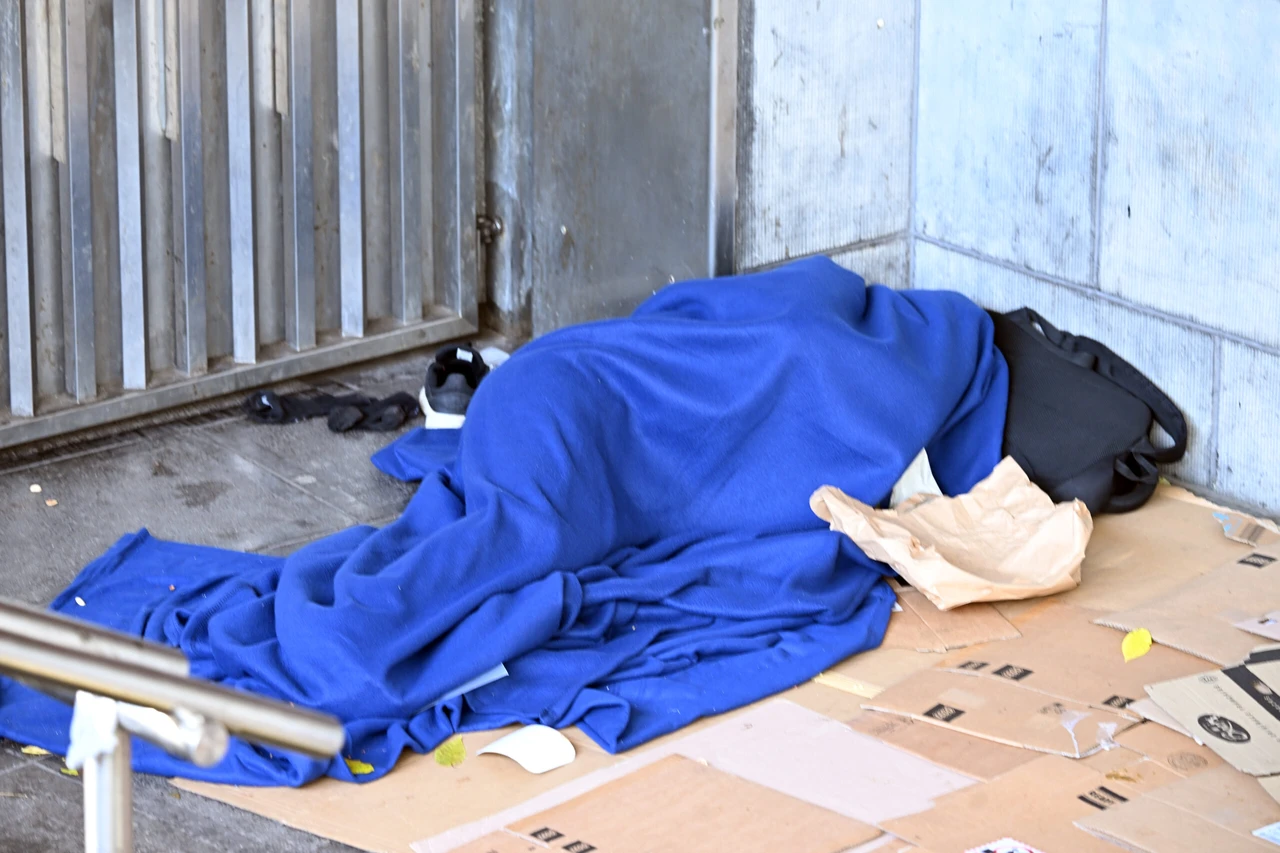 A homeless person sleeps on the sidewalk as the number of homeless people rising day by day in Brussels, Belgium, October 09, 2024 (AA Photo)
A homeless person sleeps on the sidewalk as the number of homeless people rising day by day in Brussels, Belgium, October 09, 2024 (AA Photo)
The sight of homeless individuals in European capitals is becoming a common occurrence, but what’s even more concerning is the growing number of homeless children.
According to a report by the Brussels-based European Federation of National Organisations Working with the Homeless (FEANTSA) and the Paris-based Abbe Pierre Foundation, over 399,561 children across the European Union and the U.K. are without a home.
These children often find themselves in emergency shelters or other temporary housing, while approximately 14.5 million children live in substandard housing, plagued by issues such as leaks, dampness or mold.
In the EU, an estimated one in four minors and over one in five children under six are living in overcrowded housing conditions. This leaves many of them vulnerable, struggling to access education and health care services and facing an uncertain future.
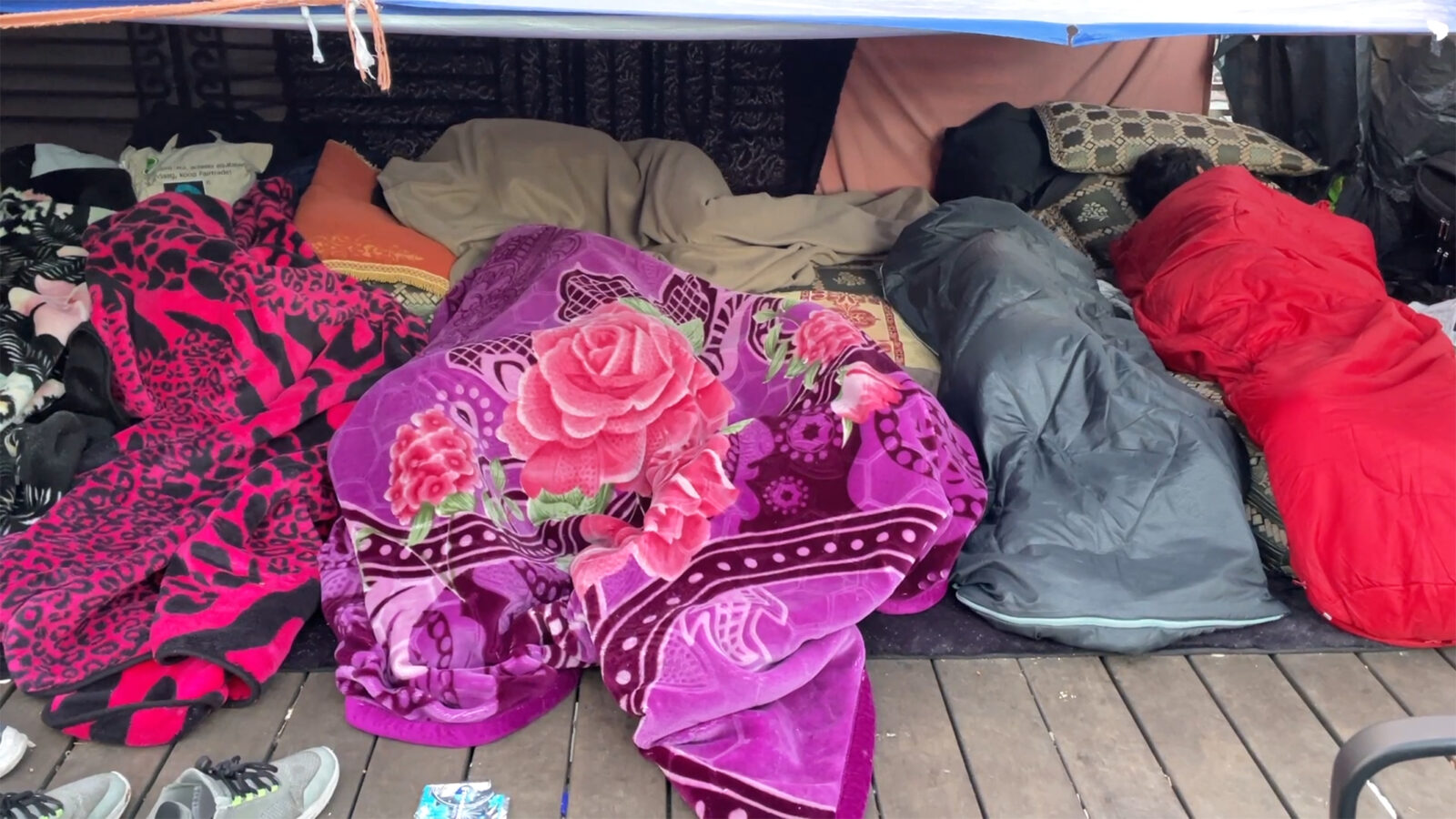
Homeless children’s health and education at risk
Sarah Coupechoux, European project manager at the Abbe Pierre Foundation, explained that the figures from the report are not surprising but are deeply troubling.
“Both the number of homeless children and the fact that they are living in conditions detrimental to their development and future is a major concern for us,” she said.
Coupechoux emphasized that shelters are not designed to meet children’s developmental needs, and these young individuals require proper homes where they can study, play and live with their families.
“This is not only sad for their present but also worrying for the future, as we know these children are starting life under difficult conditions,” Coupechoux added.
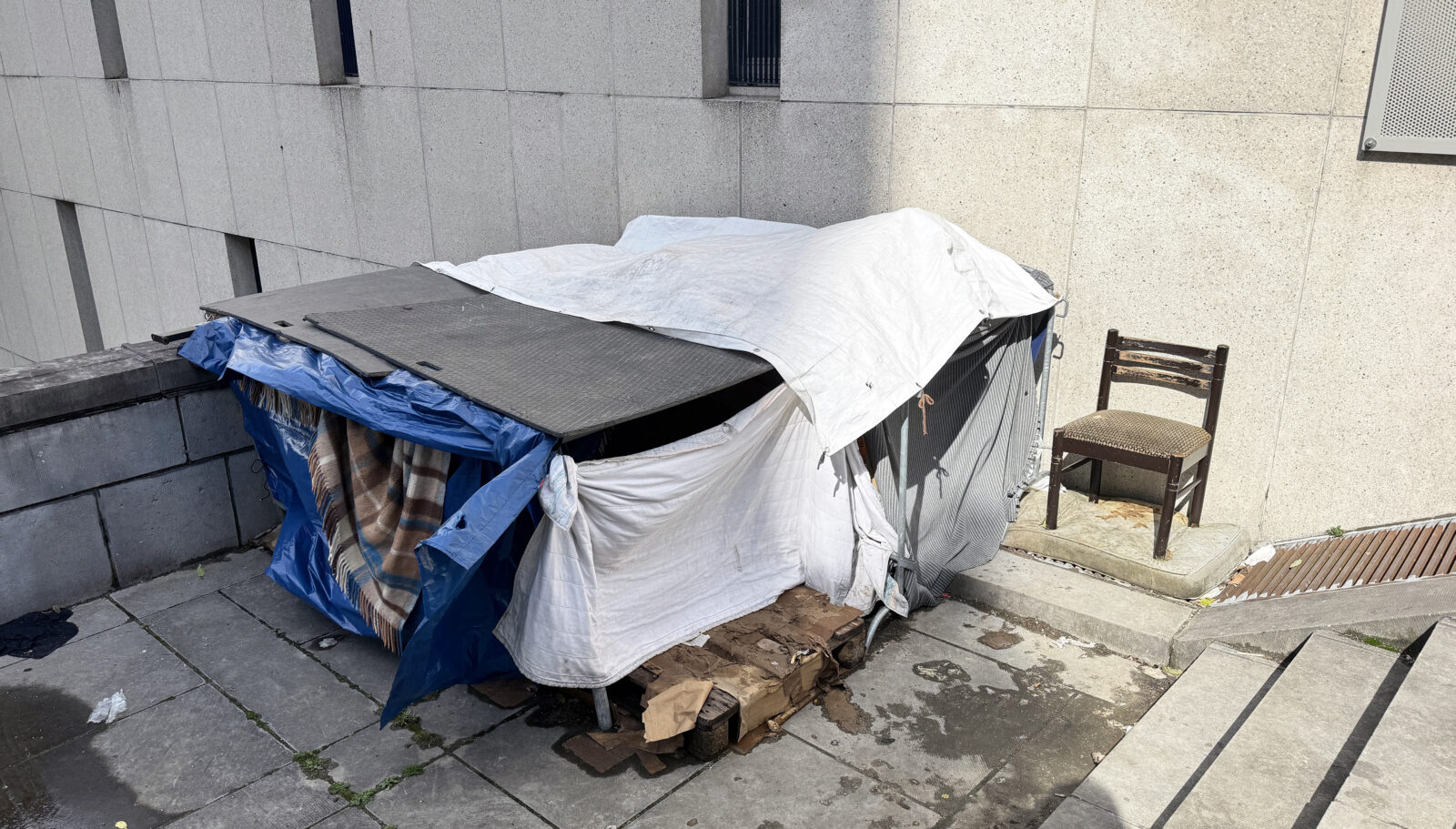

Limited access to health care and education
Homeless children face significant challenges in accessing health care, often suffering from conditions like asthma and allergies due to their living environments.
“Accessing health care is particularly difficult, as they often need a referral, and it’s not always free,” Coupechoux noted.
In addition to health care, these children face barriers to education, with some unable to attend school at all.
“We don’t have sufficient data about the situation of homeless children, but it’s essential to understand what is happening to them and ensure their fundamental rights are respected,” Coupechoux stressed.
She added that many of these homeless children are unaccompanied minors who fled war and conflict zones, and they make up a large portion of the nearly 400,000 homeless children across Europe.
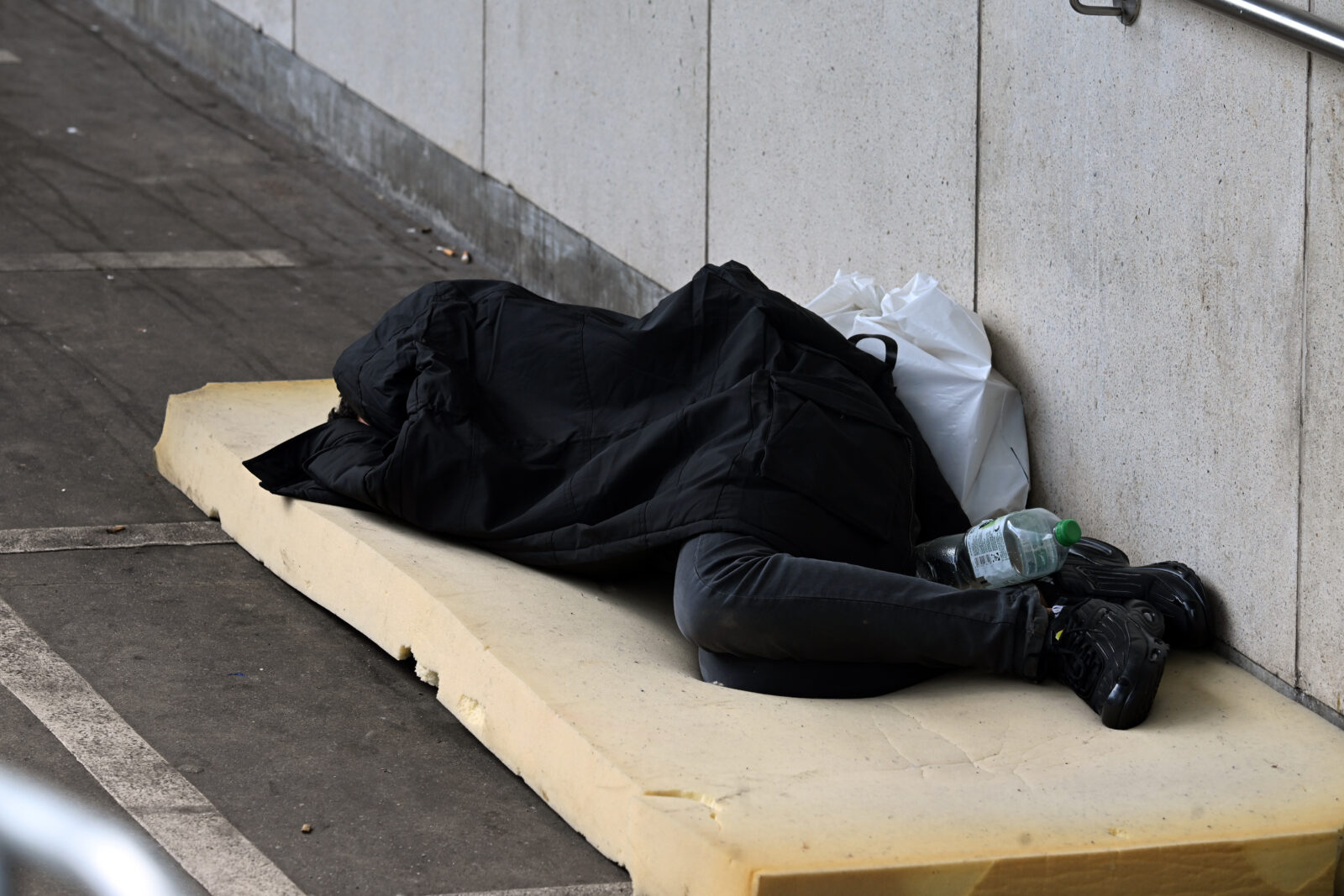
Cost of living crisis and housing instability
The rise in homelessness across Europe isn’t limited to children. Coupechoux pointed out that the issue is systemic, driven by insufficient housing, rising inequality, and increasing poverty. The cost-of-living crisis, exacerbated by the post-COVID-19 inflation and energy crisis, has made housing even more unaffordable across Europe.
“The housing crisis has been worsened by rising energy prices and inflation, making it more difficult for people to afford homes,” Coupechoux explained.
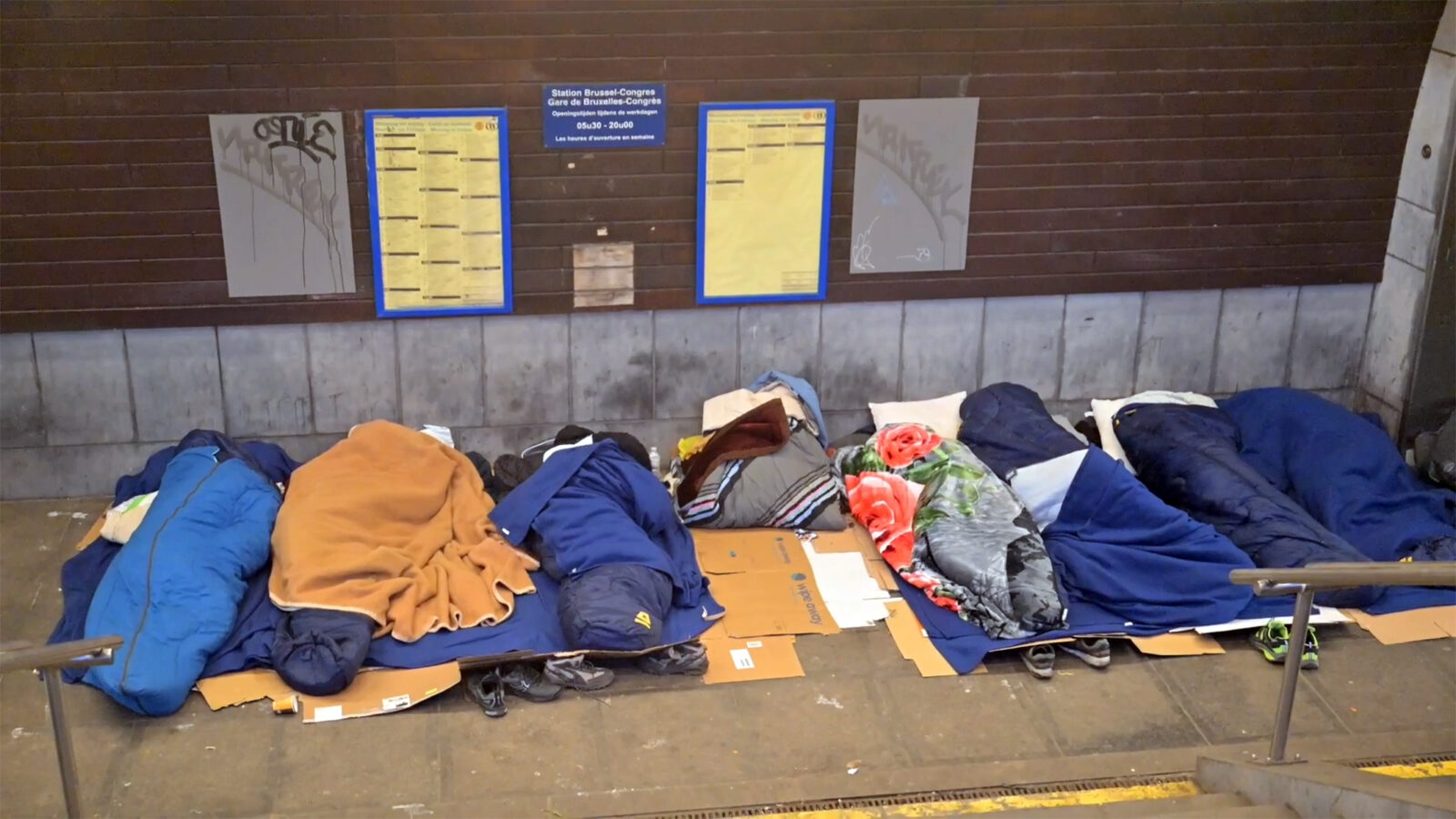
Unaccompanied minors at higher risk of homelessness
Rocio Urias Martinez from FEANTSA highlighted the harsh reality for homeless children, stating that many of them are forced to live in shelters or inadequate housing.
“Living in such conditions severely impacts their health, educational opportunities, and overall development. The instability of homelessness can lead to long-term damage to their physical and mental health, school performance, and future prospects,” Martinez warned.
Children also face challenges in accessing health care services, which can result in chronic illnesses like asthma. “Without stable living conditions, it’s difficult to receive routine medical care, and this can worsen their health,” she added.
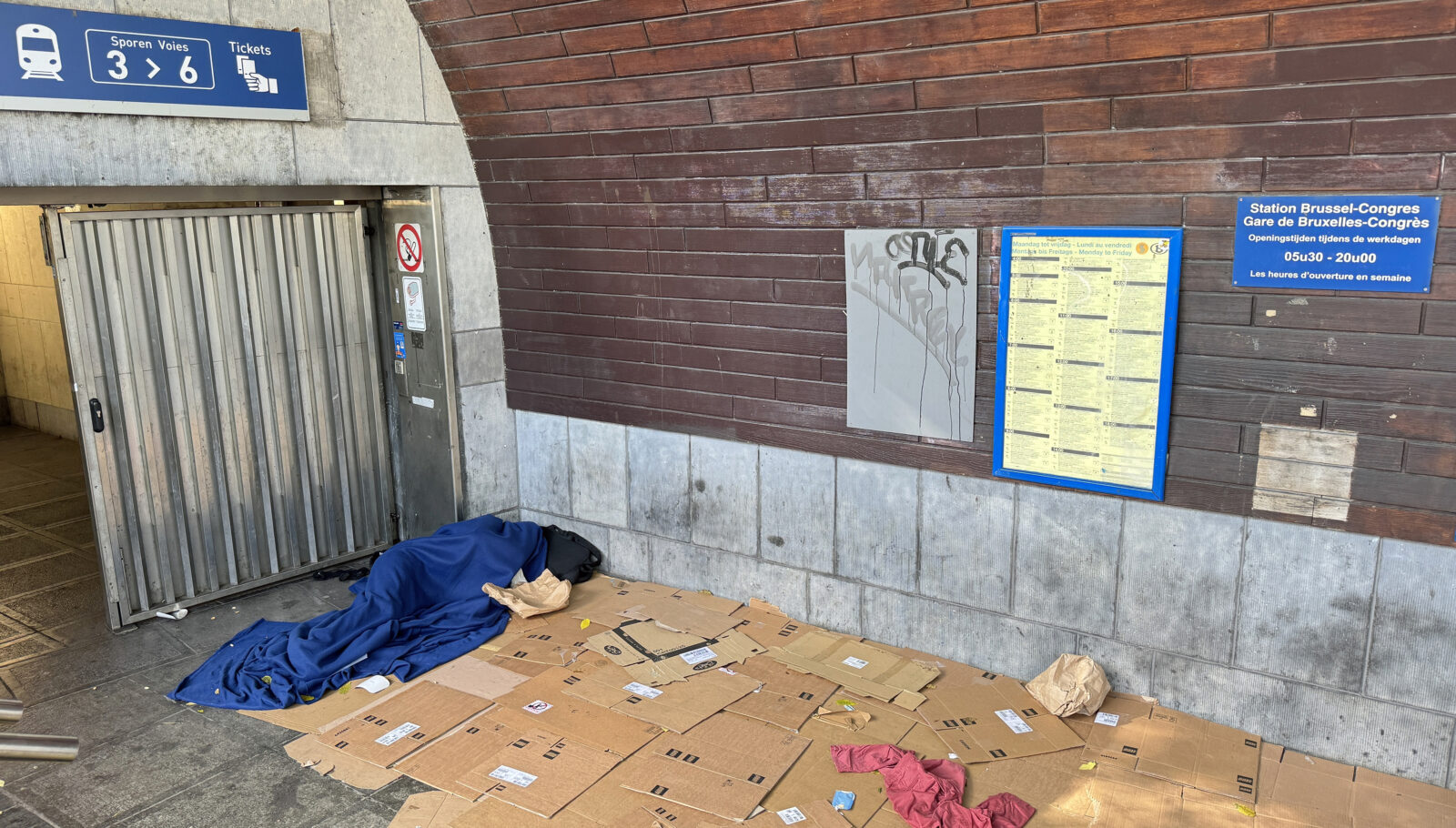
Breaking cycle of homelessness
Martinez called for immediate action to address the urgent needs of homeless families and children, advocating for a “Housing First” approach, which prioritizes stable housing as the first step in solving homelessness.
“Before addressing other issues, it is essential to provide stable housing for homeless families to break the cycle of homelessness,” she said.
Martinez also shared that unaccompanied minors seeking asylum in Europe are particularly vulnerable to homelessness due to the lack of long-term child-centered housing policies. When these children turn 18, they are often left without accommodation or job opportunities, increasing the likelihood of them ending up on the streets.



